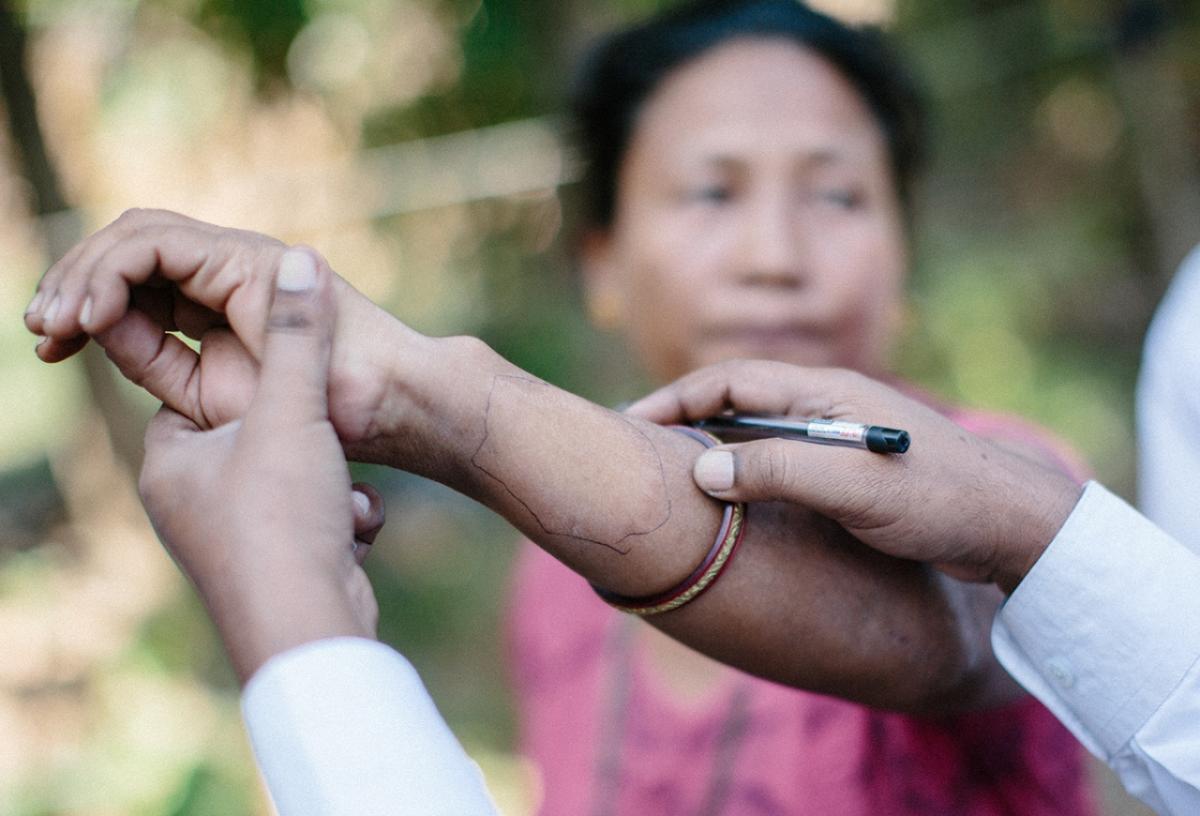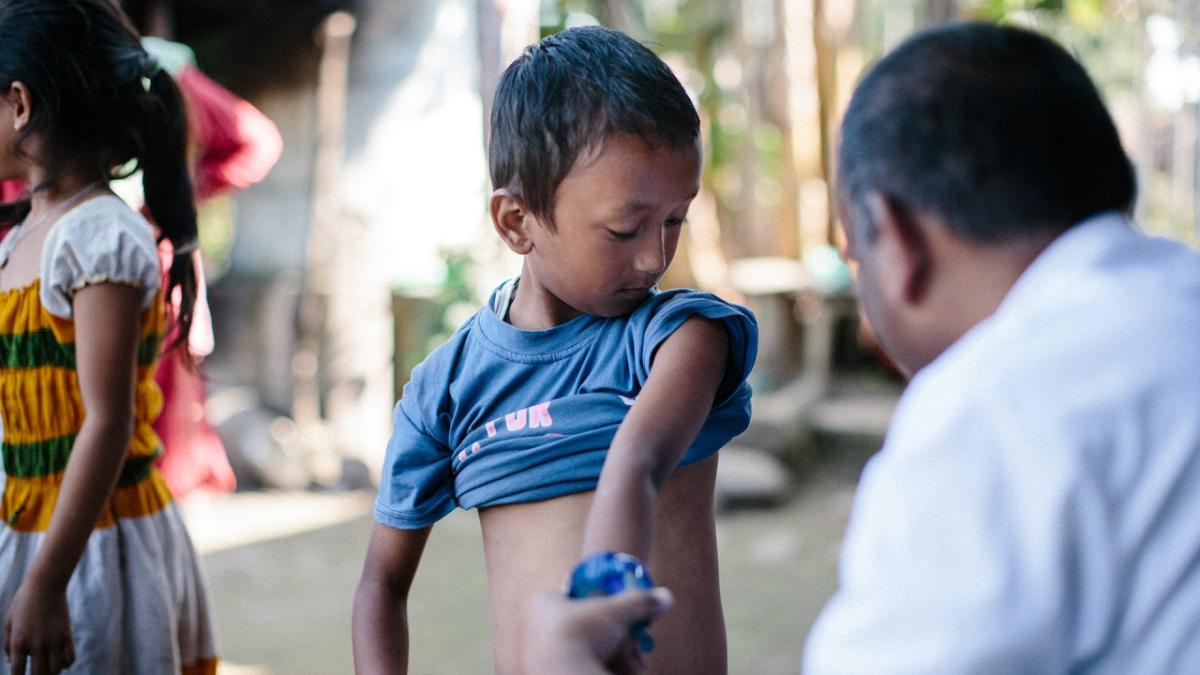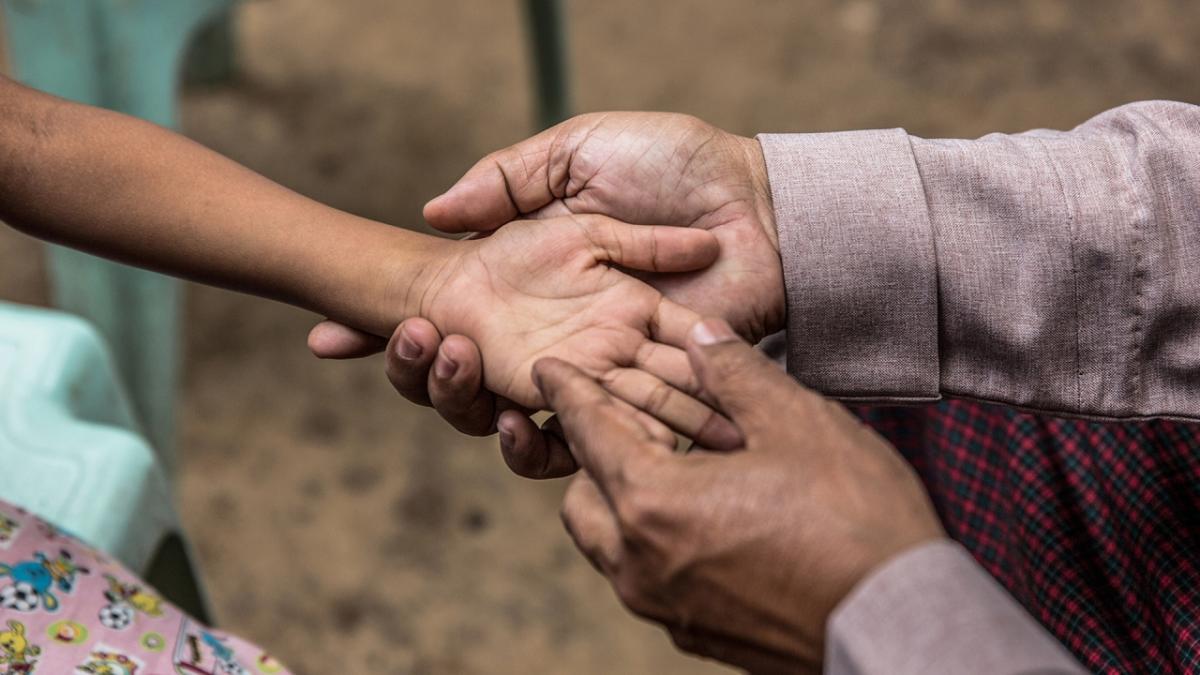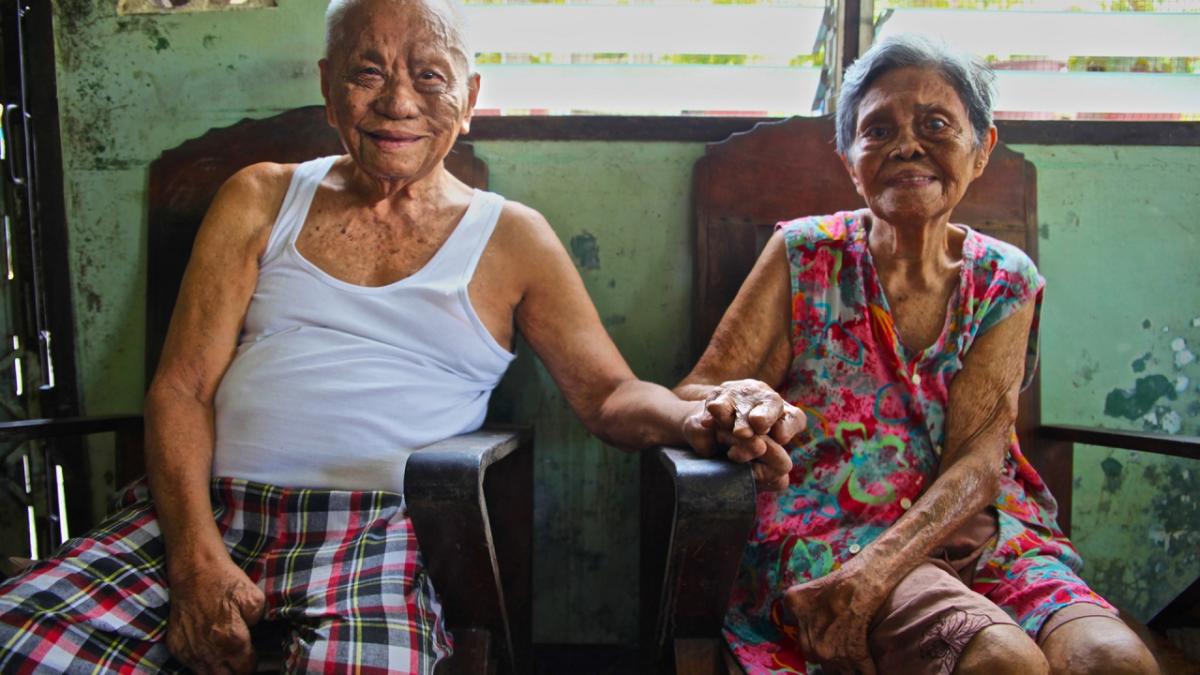Novartis Renews WHO Medicine Donation Pledge With Aim of Ending Leprosy
BASEL, SWITZERLAND, January 29, 2021 /3BL Media/ — A renewed partnership agreement signed by Novartis and the World Health Organization (WHO) will drive the global push towards making leprosy history. The five-year extension of the partnership – which was first signed in 2000 – will see Novartis continue to donate multidrug therapy (MDT) medicines to treat leprosy up to the end of 2025.
Widespread use of MDT has led to a 95% reduction in leprosy prevalence world-wide since its introduction the 1980s, though more than 200,000 cases are still seen every year.1 Despite the huge impact of MDT, governments, donors, civil society and the private sector will need to collaborate on deploying additional tools if the world is to get to zero leprosy.
"Leprosy can be cured and prevented. With a comprehensive approach, we can see the end of leprosy,” said Dr Lutz Hegemann, Chief Operating Officer for Global Health at Novartis. “By supplying this treatment free of charge to WHO over the last 20 years we have helped over seven million people be cured of leprosy. We look forward to helping increasingly few over the coming years.”
Novartis is working with WHO and the Global Partnership for Zero Leprosy – together with other stakeholders – to develop improved access to MDT globally. An additional future step seems certain to include the rollout of prophylaxis programs in affected countries. New evidence from a Novartis Foundation initiated operational research program2 covering 170,000 people across seven countries has shown that giving prophylactic treatment with a single dose of a low-cost and widely available antibiotic to contacts of people diagnosed with leprosy is feasible, generally well accepted and is likely to have a key role in accelerating the elimination of the disease.
“WHO welcomes the extension of this long-standing partnership with Novartis. Multidrug therapy has been a cornerstone of the program to eliminate leprosy,” said Dr Ren Minghui, Assistant Director-General, Universal Health Coverage / Communicable and Noncommunicable Diseases, WHO. “We need to ensure we are reaching the last patients who are often in remote areas or informal settlements. It is in these deprived communities where much of the world's remaining leprosy is concentrated.”
The new agreement with WHO also covers the continuing donation of triclabendazole for the treatment of fascioliasis. This condition, more commonly known as liver fluke infestation, is a neglected tropical disease that infects 2.4 million people worldwide3 with an additional 180 million at risk of infection4. Novartis has been donating the treatment to the WHO since 2005, helping to treat around two million fascioliasis patients in more than 30 countries. Triclabendazole is currently the only medicine for fascioliasis recommended by the WHO and is on the WHO Model List of Essential Medicines. It is supplied by WHO during epidemic outbreaks and for periodic use in endemic countries.
For over 30 years, Novartis and the Novartis Foundation have been working with partners around the world on innovative approaches to leprosy elimination. Leprosy is now part of the Novartis Global Health & Corporate Responsibility Unit as a Flagship program. Novartis Global Health & Corporate Responsibility aims to transform health in lower income populations through applying expertise, people and full organizational capability to address major, unresolved global health challenges.
Disclaimer
This media update contains forward-looking statements within the meaning of the United States Private Securities Litigation Reform Act of 1995. Forward-looking statements can generally be identified by words such as “potential,” “can,” “will,” “plan,” “may,” “could,” “would,” “expect,” “anticipate,” “look forward,” “believe,” “committed,” “investigational,” “pipeline,” “launch,” or similar terms, or by express or implied discussions regarding potential marketing approvals, new indications or labeling for the investigational or approved products described in this media update, or regarding potential future revenues from such products. You should not place undue reliance on these statements. Such forward-looking statements are based on our current beliefs and expectations regarding future events, and are subject to significant known and unknown risks and uncertainties. Should one or more of these risks or uncertainties materialize, or should underlying assumptions prove incorrect, actual results may vary materially from those set forth in the forward-looking statements. There can be no guarantee that the investigational or approved products described in this media update will be submitted or approved for sale or for any additional indications or labeling in any market, or at any particular time. Nor can there be any guarantee that such products will be commercially successful in the future. In particular, our expectations regarding such products could be affected by, among other things, the uncertainties inherent in research and development, including clinical trial results and additional analysis of existing clinical data; regulatory actions or delays or government regulation generally; global trends toward health care cost containment, including government, payor and general public pricing and reimbursement pressures and requirements for increased pricing transparency; our ability to obtain or maintain proprietary intellectual property protection; the particular prescribing preferences of physicians and patients; general political, economic and business conditions, including the effects of and efforts to mitigate pandemic diseases such as COVID-19; safety, quality, data integrity or manufacturing issues; potential or actual data security and data privacy breaches, or disruptions of our information technology systems, and other risks and factors referred to in Novartis AG’s current Form 20-F on file with the US Securities and Exchange Commission. Novartis is providing the information in this media update as of this date and does not undertake any obligation to update any forward-looking statements contained in this media update as a result of new information, future events or otherwise
About leprosy and MDT
Leprosy (also known as Hansen’s disease) has afflicted people since biblical times, and even today, millions of people are still suffering the long-term consequences of the disease. It is an infection caused by slow-growing bacteria called Mycobacterium leprae, which attacks the nerves, skin, eyes, and lining of the nose (nasal mucosa).
Figures released by the World Health Organization (WHO) show that the global burden of leprosy (defined as ‘numbers of patients on treatment’) has been reduced by 95% since the 1980s.1 This is due in large part to the WHO’s distribution of multidrug therapy which has reached over 17 million patients.
Multidrug therapy (MDT) consists of three drugs (rifampicin, clofazimine and dapsone) and has made it possible to cure nearly all patients, thereby reducing the transmission of leprosy and preventing disabilities.
Since 2000, Novartis has donated more than 68 million blister packs of MDT through WHO, helping to treat more than 7.3 million patients worldwide. The new agreement extends the program from 2021 up to 2025.
People with leprosy who are diagnosed early and treated can continue to work and lead a normal life. However, early successes in eliminating leprosy have actually obstructed the goal of achieving zero transmission – with fewer patients infected, funding and political commitment as well as awareness of the disease have declined. In the last decade, new case detection has broadly plateaued between 245,000 and 208,000 cases a year, with 95% occurring in 16 countries.
Experts suggest that in addition to the cornerstone of early diagnosis and prompt treatment with multidrug therapy for all leprosy patients, a successful elimination strategy also requires tracing and prophylactic treatment for contacts, improvements in diagnostic tools, and strict epidemiological surveillance and response systems to monitor progress.
About Novartis
Novartis is reimagining medicine to improve and extend people’s lives. As a leading global medicines company, we use innovative science and digital technologies to create transformative treatments in areas of great medical need. In our quest to find new medicines, we consistently rank among the world’s top companies investing in research and development. Novartis products reach nearly 800 million people globally and we are finding innovative ways to expand access to our latest treatments. About 110,000 people of more than 140 nationalities work at Novartis around the world. Find out more at https://www.novartis.com.
Novartis is on Twitter. Sign up to follow @Novartis at https://twitter.com/novartisnews
For Novartis multimedia content, please visit https://www.novartis.com/news/media-library
For questions about the site or required registration, please contact media.relations@novartis.com
References
- World Health Organization, Weekly Epidemiological Record, 1 September 2017, vol. 92, 35 (p.501). Available at: https://www.who.int/wer/2017/wer9235/en/ (accessed October 2020)
- Richardus JH et al. Leprosy post-exposure prophylaxis with single-dose rifampicin (LPEP): an international feasibility programme. Lancet Global Health, published online on 29 October 2020. Available at: http://www.thelancet.com/journals/langlo/article/PIIS2214-109X(20)30396-X/fulltext
- World Health Organization. Human fascioliasis: review provides fresh perspectives on infection and control. Available at: www.who.int/neglected_diseases/news/fascioliasis-review-provides-new-perspectives-infection-control/en/ (accessed January 2020)
- Nyindo M, Lukambagire A-H. Fascioliasis: An Ongoing Zoonotic Trematode Infection. Biomed Res Int. 2015; 786195. Available at: https://www.ncbi.nlm.nih.gov/pmc/articles/PMC4568335/ (accessed January 2020)
|
Novartis Media Relations E-mail: media.relations@novartis.com
Antonio Ligi Novartis External Communications +41 61 324 1374
Eric Althoff Novartis US External Communications +1 646 438 4335 |
Arzum Ustun Novartis Global Health & CR Communications +41 79 108 5314
|
Novartis Investor Relations
Central investor relations line: +41 61 324 7944
E-mail: investor.relations@novartis.com
|
Central |
|
North America |
|
|
Samir Shah |
+41 61 324 7944 |
Sloan Simpson |
+1 862 778 5052 |
|
Thomas Hungerbuehler Isabella Zinck |
+41 61 324 8425 +41 61 324 7188 |
|
|





